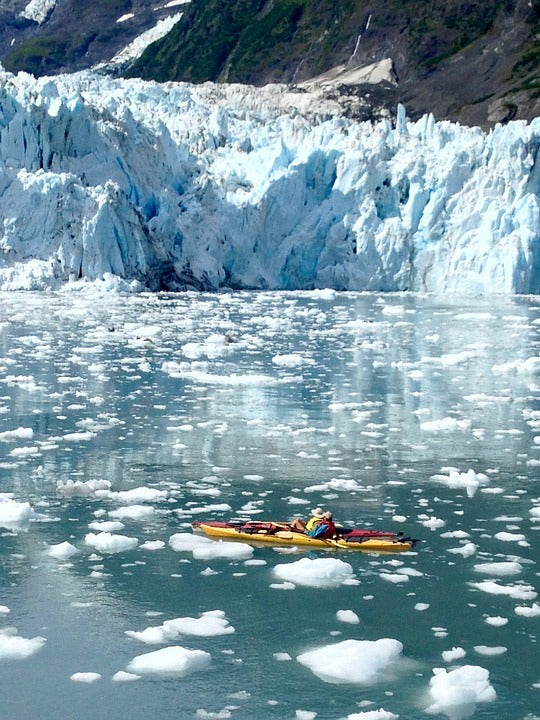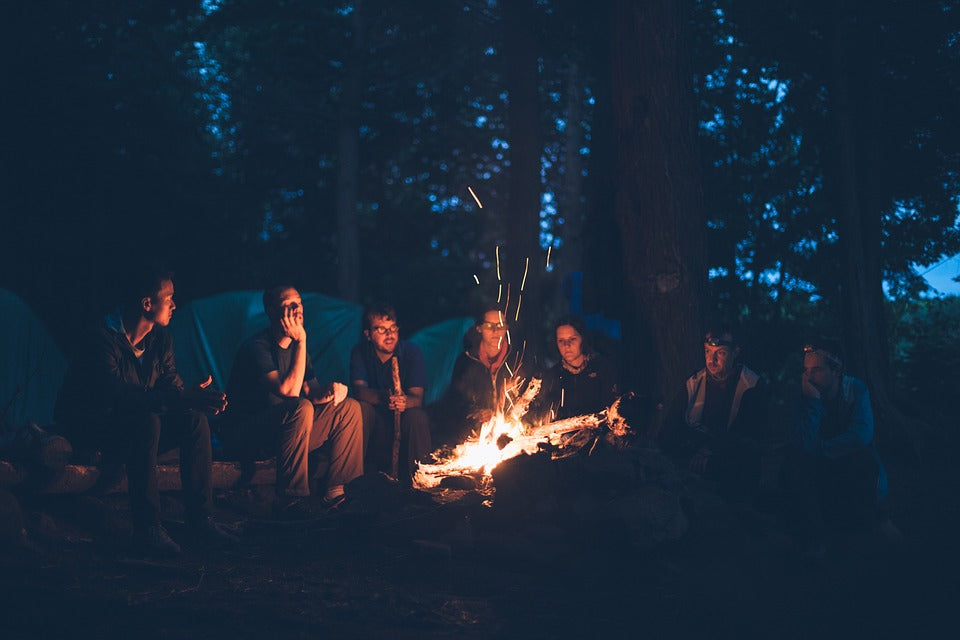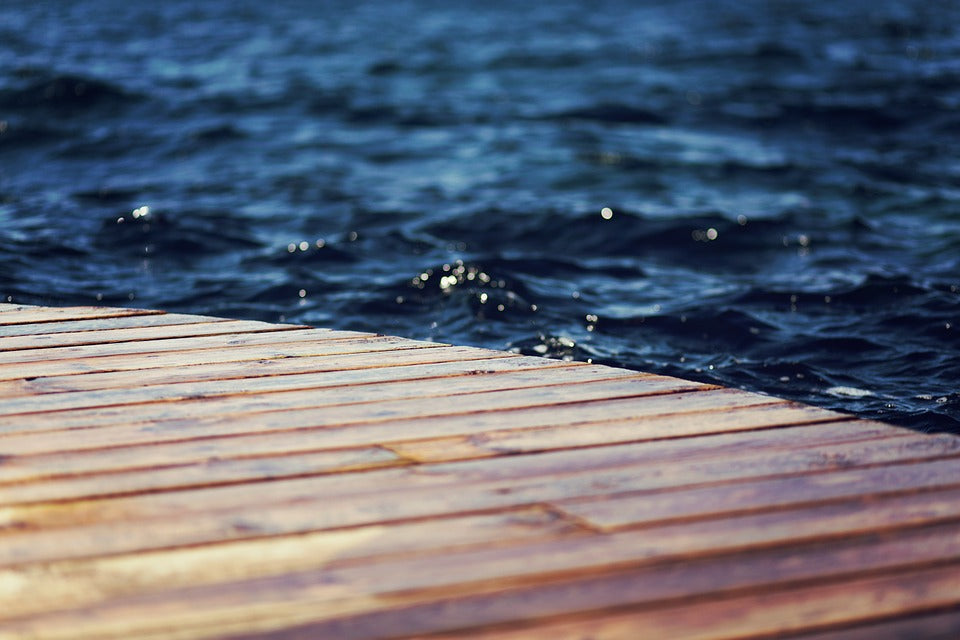What is one of the most important aspects of camping? What is the one thing that, no matter what, you need to have?
If you answered a good night's sleep, you are right.
I think all of us understand the importance of sleep, not just for our physical well-being but also our mental well-being. Sleep can set the foundation for an energized, amazing day ... or leave us struggling to work through a mental fog and physical lag that ruins our camping experience.
Thankfully, with a little bit of information and a better understanding of our options, we can set ourselves up for a restful night that leaves us yearning for that next camping experience rather than dreading another night of tossing and turning over what feels like boulders beneath us.
Sleeping Pads
First, we want to address the three main types of sleeping pads available. Each has their pros and cons and some may be better suited for your style of camping than others. In our next article, we will focus on sleeping bags, their types, and the pros and cons of each.
Closed-Cell Foam Pads
We will start with the first type of sleeping pad created (besides a bed of branches or leaves) with campers in mind. These are mats of compressed foam usually less than an inch thick. They are some of the cheapest and lightest mats available, making them a viable choice for backpackers.
Pros:
- Cheap, ranging from anywhere from under $10 to around $50.
- Durable. Because they are foam, there is no need to worry about them popping or leaking
- Light, usually under a pound. For serious gram counters, they can also be cut to size.
- Good insulation, depending on thickness.
Cons:
- Bulky. They must be rolled or folded in a Z formation because they are so stiff.
- Are not comfortable. Though many start off with closed-cell foam pads, most campers/backpackers upgrade to one of the other types.

When should you consider them?
The closed-cell foam pads are most common for beginner campers, thru-hikers or winter camping. While thru-hiking, weight is important, but it must be combined with durability. You don't have to have to carry patch kits or extra gear in case your pad springs a leak. Winter campers often use closed-cell foam pads beneath a high-R-value air pad or self-inflating pad for maximum insulation and comfort.
Self-Inflating Pads
These are probably the most popular type of sleeping pad in use today. It's made by combining open-cell foam insulation and air. When you open the valve, air rushes into the pad in a vacuum-like process, but keep in mind - it does NOT completely inflate. They will require a few breaths (somewhere around 10 depending on the type and size) to completely inflate.
Pros:
- Comfortable and stable thanks to their hybrid design.
- Durable because of the heavy-duty fabrics used to make them.
- Variety. They come in a wide range of products, offering a variety of sizes, insulation values, and costs.
- More insulation than most closed-cell foam pads and air pads.
Cons:
- Heavy. Their hybrid design and thick fabric add up to more pounds.
- Can be punctured. Though they are resistant to punctures, it can be done. Field repairs can be done quickly and easily, however.
- Can be bulky. Though they roll up smaller than some closed-cell foam pads, they are still larger than air pads.
- Take time to pack up. To deflate, you have to roll them up and slowly force the air out, which can take a while.
- Cost. Depending on type, they can be expensive.

When should you consider them?
These are great all-around sleeping pads that can be used in most situations. If you are car camping, winter camping, or camping while biking, paddling, or kayaking, you may want to consider purchasing a self-inflating pad. Because of the wide variety available, you should be able to find one that suits your needs. Just consider your priorities while making your selection. Is weight more important than insulation? Is comfort number one? Are you concerned with size (especially if kayaking, paddling, or biking)?
Air Pads
These are the newest type of pads to hit the market and are still changing as manufacturers develop new styles, production methods, and uses. As the name implies, they are filled only with air, allowing them to compact down to small sizes and add little weight when backpacking.
Pros:
- Extremely lightweight. These are the lightest sleeping pads available and usually weigh less than 15 oz.
- Comfortable. Some air pads are designed to allow 3 inches of air for comfort.
- Compact. Air pads can be rolled down to the size of a water bottle, making them idea for ultra-light backpackers.
Cons:
- Noisy. They make a surprising amount of noise while sleeping on them.
- Fragile. Punctures are far easier, though repairs can be done in the field.
- Cost. These pads generally cost more than other sleeping pads.
- Take time to inflate. Even with a hand pump, it's going to take a few minutes to get ready.
- Deflates with temperatures. As the night gets colder, the air inside will constrict and deflate the pad a bit.
- Bouncy. It's filled only with air which means it isn't as stable as the other two types of sleeping pads.

When should you consider them?
These pads can be used in almost any situation, but are especially useful for ultra-light backpackers or those with limited space. If you're not sure whether or not to use an air pad or a self-inflating pad, consider this how your day will go. After hiking all day through the wilds, you may not want to sit down and spend several minutes blowing up your pad. Or perhaps you need the extra space in your kayak and decide that the noise is worth it if you can bring your DSLR camera along, in which case an air pad may be the way to go.
Some other things to consider ...
When choosing your sleeping pad, always keep in mind how you plan to use it. Are you going to be hiking, boating, biking, or near your car? Are you going to be using in only in the summer months? Early spring? Or even winter? Who is going to be using it? Only you? A spouse? A child? Will you be bringing a pet? All of these may influence which pad you choose to purchase.
R-Value
When selecting your sleeping pad, pay close attention to the R-value. This number represents the insulation value of the pad and may mean the difference between a comfortable night's sleep or a night of shivering. The R-value is a number between 1 and 10. The higher the number, the colder temperatures you can sleep in comfortably. If you're planning to camp throughout winter, find one with an R-value of 5 or higher. Some brands may not have R-values printed on their pad but instead give the ideal temperatures where you can still sleep comfortably, usually in this format: Min. Temp.: 30° F/ -1° C.
Keep in mind that R-values can be stacked. If you have a closed-cell foam pad with an R-value of 3 and a self-inflating pad with an R-value of 2.7, the combined R-value becomes approximately 5.7 (approximate because there may be some inefficiency in combining two separate pads that weren't designed to work together).
Be aware, there may be two versions of the same type of pad - usually an insulated version and one that isn't insulated. The difference between the two is usually only found in the R-value. Just because a pad is not insulated does not mean it has an R-value of 1, so be sure to check the R-value before purchase.
Baffle
This is the "texture" or pattern of the sleeping pad. Some have a dimpled appearance, others have horizontal or vertical baffles (like ridges), and others are some combination of the three. When it comes down to it, baffle type really depends on personal preference and how you sleep. Back sleepers may prefer one type over stomach sleepers. People who move around a lot while sleeping may decide one style works better, while people who stay still choose a different style.
Grab a sleeping pad and get camping!


























